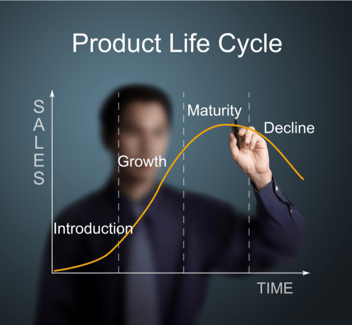Product-led growth (PLG) is an innovative approach to growing a company's revenue by putting the product itself at the core of the growth strategies. This approach focuses on using the product as the main driver of user acquisition, conversion, and retention. It relies heavily on word-of-mouth referrals and organic social media traffic.
The Benefits of Product-Led Growth:
-
Lower costs compared to traditional marketing techniques. With PLG, your overall marketing budget can decrease as organic word-of-mouth referrals become your main source of customers.
-
Increased user engagement and retention. PLG emphasizes creating a product that users actually enjoy so they keep coming back again and again. This means you can have long-term success rather than just short-term spikes in revenue.
-
Faster go-to-market time. No need to wait for expensive campaigns to launch; PLG lets you iterate quickly and get your product out to the public quickly.
The Challenges of Product-Led Growth:
-
Large upfront development costs. Creating an amazing product that your users love is no easy feat and requires a significant investment in resources and time.
-
Difficulty in scaling. Once you start to get traction, it can be difficult to effectively scale a PLG model. You need to be able to continue to create products that your customers find useful and engaging.
-
Reliance on third-party platforms. If your product relies heavily on external online platforms like social media, it can be hard to control the success of your product as these platforms are constantly changing.
Advice for Companies Looking to Leverage Product-Led Growth:
-
Have a distinct vision for the product. Before you begin, you must have a clear notion of the type of product you want to build. It is critical to consider how customers will utilize the product and their experience with it.
-
Pay attention to consumer input. Listen to your customers and reply to their criticism as soon as possible. This might assist you in making the required improvements to prepare your product for expansion.
-
Develop relationships with influencers. Influencers in your respective industry can help promote your product and attract new users. It’s important to maintain an ongoing relationship with them to ensure they remain engaged with your product.
We hope this blog has given you a better understanding of the benefits and challenges associated with product-led growth and has provided you with useful advice for companies looking to leverage this strategy. With the right approach, product-led growth can be a powerful tool for growing a company’s revenue. Good luck!



